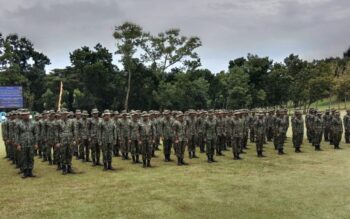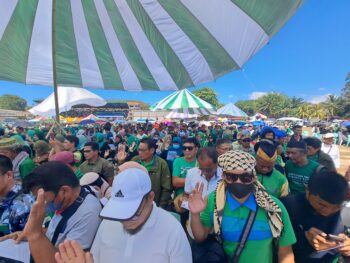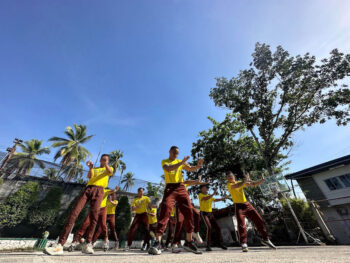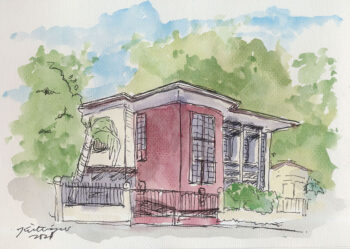 HONOLULU (MindaNews / 30 November) — Last October, Ateneo de Manila University Press reissued the scholar James Francis Warren’s The Sulu Zone, 1768-1898: The Dynamics of External Trade, Slavery, and Ethnicity in the Transformation of a Southeast Asian Maritime State. The book, based on Warren’s dissertation, first found print in 1981, issued by New Day Publications. It would be one of the very few books on Muslim Mindanao that a student could find in the Manila outlets of the National Bookstore.
HONOLULU (MindaNews / 30 November) — Last October, Ateneo de Manila University Press reissued the scholar James Francis Warren’s The Sulu Zone, 1768-1898: The Dynamics of External Trade, Slavery, and Ethnicity in the Transformation of a Southeast Asian Maritime State. The book, based on Warren’s dissertation, first found print in 1981, issued by New Day Publications. It would be one of the very few books on Muslim Mindanao that a student could find in the Manila outlets of the National Bookstore.
Why would Ateneo Press pick up from whether New Day left and reissue the book? Ateneo de Zamboanga University’s Professor Noelle Rodriguez tells us why. In her blurb for the book, Rodriguez wrote: “The book remains a must-read for all interested in this complex world of interconnections on different levels. But it also inspires others not especially interested in the Sulu zone on how such research can be done differently. The work inspired me to look into new modes and sources of research and ultimately to challenge my long-held presumptions, assumptions, and habits of the mind, of which I was often quite unconscious, to develop new perspectives and explore new ways of doing things.”
Prof. Rodriguez’s write-up may sound terse, but if you read each line more closely, they are rich in insights about the book, such that it is worth our time to break it down.
Prof Rodriguez describes the book as “a must-read for all interested in this complex world of interconnections on different levels,” and this would lead you immediately to ask what exactly this world was. Of course, if you live in imperial Manila, you won’t know what it is (or if you do, you read about this from books – which you rarely do), but if you just live around R.T. Lim Boulevard in Zamboanga City, near the Puerto de Zamboanga, you will know. It’s this world of the barter trade, where you can get practically everything that is, well, Asian – MaLing canned meat, malong, Chinese Viagra, Cadbury chocolates, Malaysian Instant 5 coffee, Dunhill cigarettes. It’s that world across Tawi-Tawi and beyond where your favorite smuggler comes from.
This is the world James Warren writes about, albeit a century and a few years back. This “complex world of interconnections” is maritime Southeast Asia, an older one of which the Sulu Sultanate was, and still is, a part. Warren, in another work, reminds us that the Sultanate was trading with similar port states in Maluku Sulawesi and Borneo – regions which are now parts of two other countries, Indonesia and Malaysia.
The Sulu Zone takes us back to when Sulu thrived in this world and how, as that world changed and European powers came to dominate the region, it declined. It is this story that Warren so lucidly laid out is worth the read.
But there is more. Rodriguez’s other point is that the book has “inspired me to look into new modes and sources of research, and ultimately to challenge my long-held presumptions, assumptions, and habits of the mind.” Rodriguez is being too diplomatic here. I am not. Warren’s book tells us why the prevalent historical thinking back home – be it the liberal nationalism of Teodoro Agoncillo and the Marxist-nationalist Renato Constantino and their Adhika offspring, to the Marcosian Tadhana and its progeny Pantayong Pananaw – suffers from this nationalist myopia of not recognizing the centrality of places like Sulu. It questions even the authenticity of their premises, of thinking that our stories as a people of the South are marginal to a Rizal, Bonifacio, Del Pilar, or even a Marcos or Aquino (come to think of it none of these historians, academics, and gossip-specialists, have ever written about Mindanao and its peoples; they never will, or can).
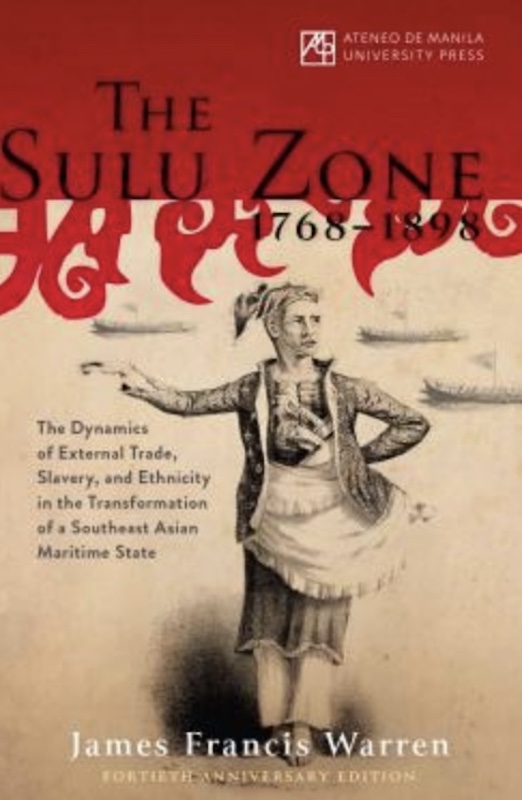
Warren forced Rodriguez to question this imperial/national mentality and placed her Zamboanga City in a different, clearer, and more critical light. These “new perspectives” and “new ways of doing things” are her way of saying that apart from the story of the Sulu Sultanate, Warren’s book is also making us rethink how to research, write, and even speak about Mindanao and its peoples.
If you claim to be curious about Mindanao, what does Warren’s book suggest you do? Where to start? What to look for in terms of data? How to analyze contexts? These questions, among many others, will affect the way you teach and, more importantly, what you teach your students, your children, your friends, your family about the island.
Rodriguez tells us that as you leaf through the pages of the Sulu Zone, you will constantly be “bugged” by these questions, finding yourself knowing about the past and then seeing why your present is incongruent to it. It also makes you think of analytical options and alternative perspectives.
I am excited about where Prof. Rodriguez’s discovery of “new modes and sources of research” and the erosion of her “own long-held presumptions, assumptions, and habits of the mind” will lead her. However, I am more thrilled at what happens when teachers and students all over Mindanao incorporate The Sulu Zone in their teaching and research.
I hope this will happen soon as other books have come out to supplement Warren’s. The one I am looking forward to reading – Ateneo de Manila historian Patricia Dacudao’s opus on Davao under American colonial rule.
**
Nationalist historians and their Filipino-American lackeys often downplay works like Warren’s because he is a white guy. Well, this white guy spent years living with the people of the Sulu zone, first as a Peace Corps volunteer and then as a graduate student. None of these detractors have done so, especially Americans like a certain Professor Nerissa Balce, who refers to herself as a “cultural studies scholar” and writes about photographs. Once in a while Balce dons the academic gown of a Muslim-Mindanao and Duterte expert – without ever spending quality time in places like the Sulu Zone or even Davao City. More on these academic sendups next time.
(MindaViews is the opinion section of MindaNews. Patricio N. Abinales of Ozamiz City is author of ‘Making Mindanao: Cotabato and Davao in the Formation of the Philippine Nation-State’ (Ateneo, 2020 expanded edition), ‘State and Society in the Philippines’ (2017) and ‘Orthodoxy and History in the Muslim Mindanao Narrative’ (Ateneo 2010). His current research is on the puzzle of American legitimacy in Moro Mindanao and a mapping of war and economic development in Mindanao. He teaches at the Department of Asian Studies at the University of Hawaii at Manoa)

